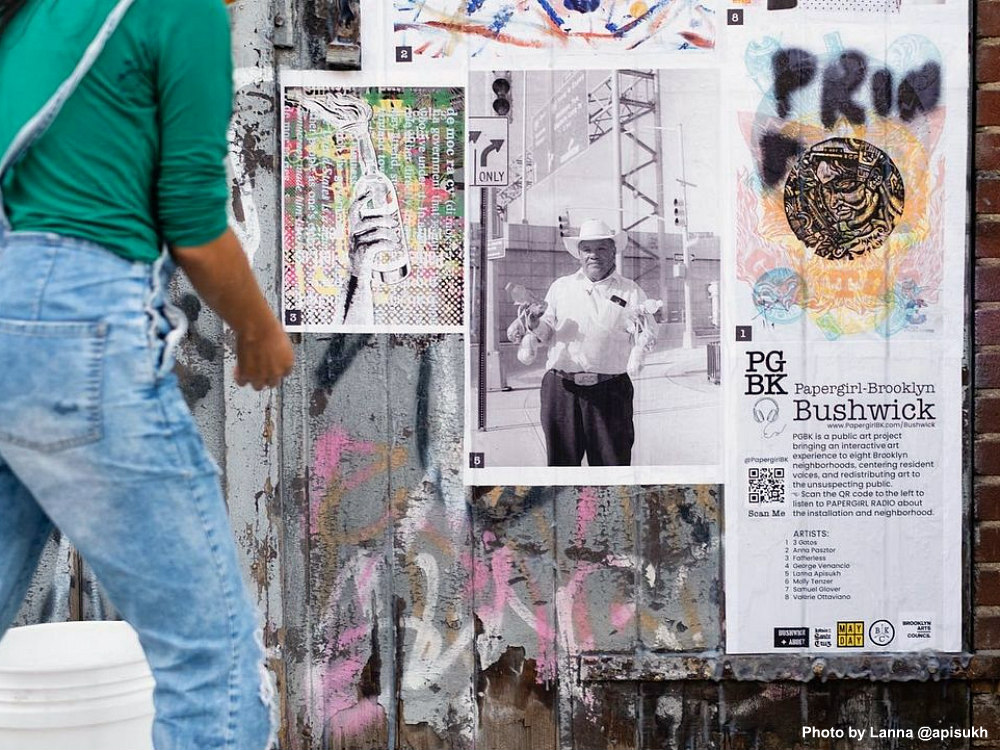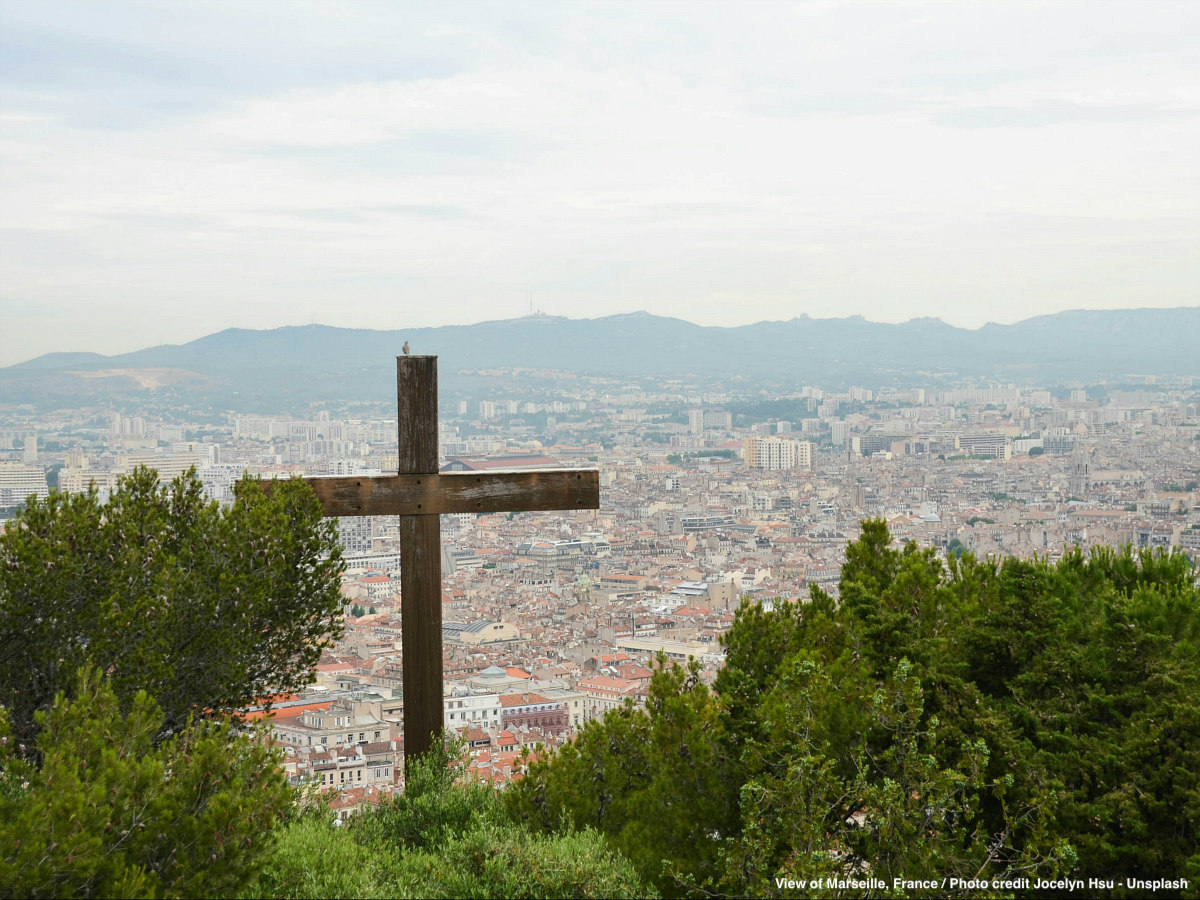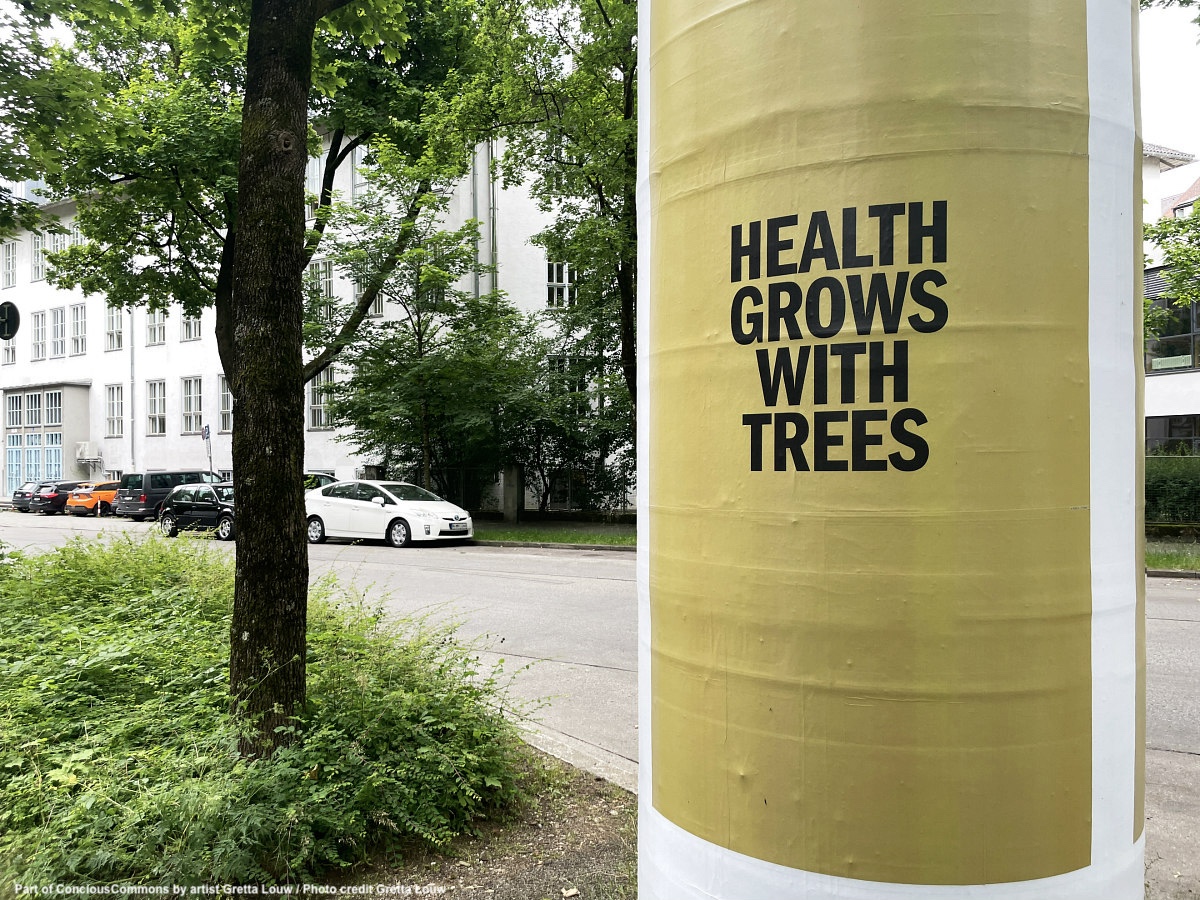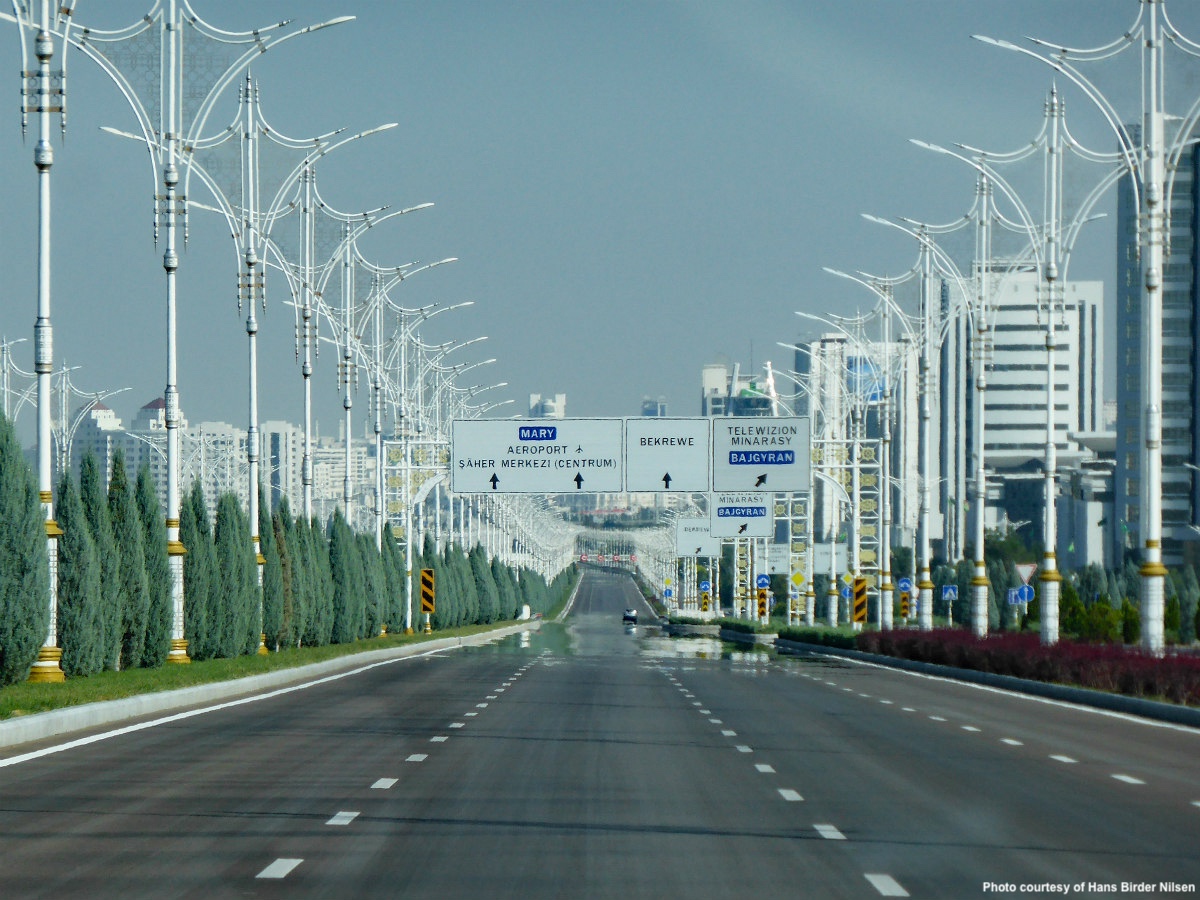Amidst the otherwise grim year of 2020, one significant silver lining has been a more focused concentration on the efforts of more accessible and equitable art, activism and democracy. While this has been challenging to do while practicing social distance and remote work, there have been many heartwarming instances of progress and resistance in cities.
From protest signs; to expressing individuality and ideologies through creative clothing and masking; from occupying public space as sites for art interventions; to using media platforms for corporate meetings into virtual educational resources to reshape the world, human beings have flourished in resourcefulness and taking up space where however and whenever possible to continue following on grassroots movements internationally.
The Black Lives Matter protests this year have brought to the forefront discussions that have long been sidestepped and dismissed. Public spaces, sidewalks, streets, parks, and parking lots have been reshaped and recontextualized into sites of civic activism and solidarity.

Accountability, recontextualizing history and current issues have been covered in mainstream media and are being talked about at breakfast tables in homes by families around the world. At the center of all of it, has been art, ingenuity, and a dedication to justice. Public art has evolved as a tool of social engagement and change.
While institutions were shuttered due to the pandemic, art has been flourishing in public spaces, brightening the gloom, and engaging people in a time of separation and uncertainty in the US. My heart has been warmed by projects and individuals rising to the occasion during this difficult time, to support communities, and provide catharsis just when it is needed most.
The unconventional art project called Papergirl Brooklyn has disrupted the flow of consumption and brought people in contact with art in their everyday lives. It is a multi-layered project that evolved from its initial structure to adapt to the many challenges that this year has presented. Originally intended as an exhibition in a gallery, project director Sina Basila Hickey and project developer Annie Del Hierro, are a dynamic team that brilliantly redesigned its course, adapting it to work with exterior spaces and shaping it into public art sites that recontextualize how to think about building facades as sites of artistic intervention.
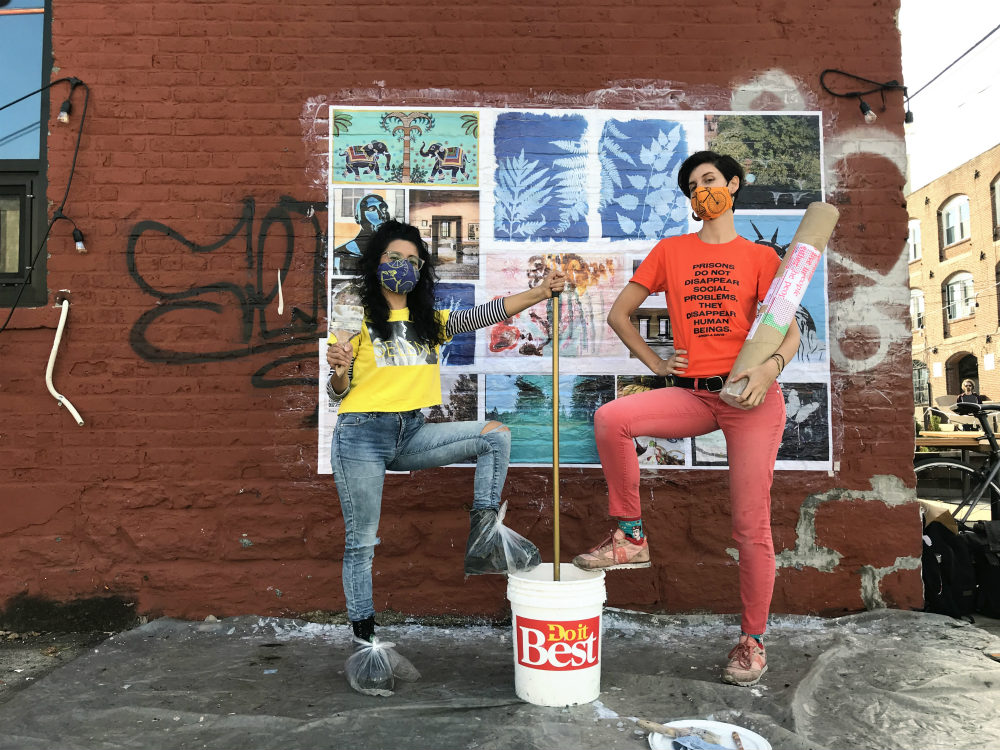
The origins of the Papergirl Project began with visionary Aisha Ronniger in Berlin in 2006 who, inspired by the mass distribution ethos of paperboys, decided to create a project that embodied a similar approach to making art more accessible and democratic. Ronniger began to consider the flexibility and legality of street art, and strove to make art more democratic through a Newsies-inspired concept of not only bringing art to the streets, but creating action-based movement and interactivity to it as well. Art was distributed to the public by a group of bicyclists.
The Papergirl Project ran until 2010, and since then, other iterations of the project have developed in cities such as Albany, Bucharest, Cape Town, Istanbul, Toronto, and Portland.
Papergirl Brooklyn is an adaptation in New York as an open-sourced art project that includes a collection, exhibition, and distribution of art submitted by local and international artists. The public can view the art in an interactive exhibition along a diverse cross-section of Brooklyn neighborhoods. Yet the art is not for sale but rather randomly distributed to the public like in Berlin by bike. This unconventional art project disrupts the flow of consumption and brings people in contact with art in their everyday lives, as a tool for social change.
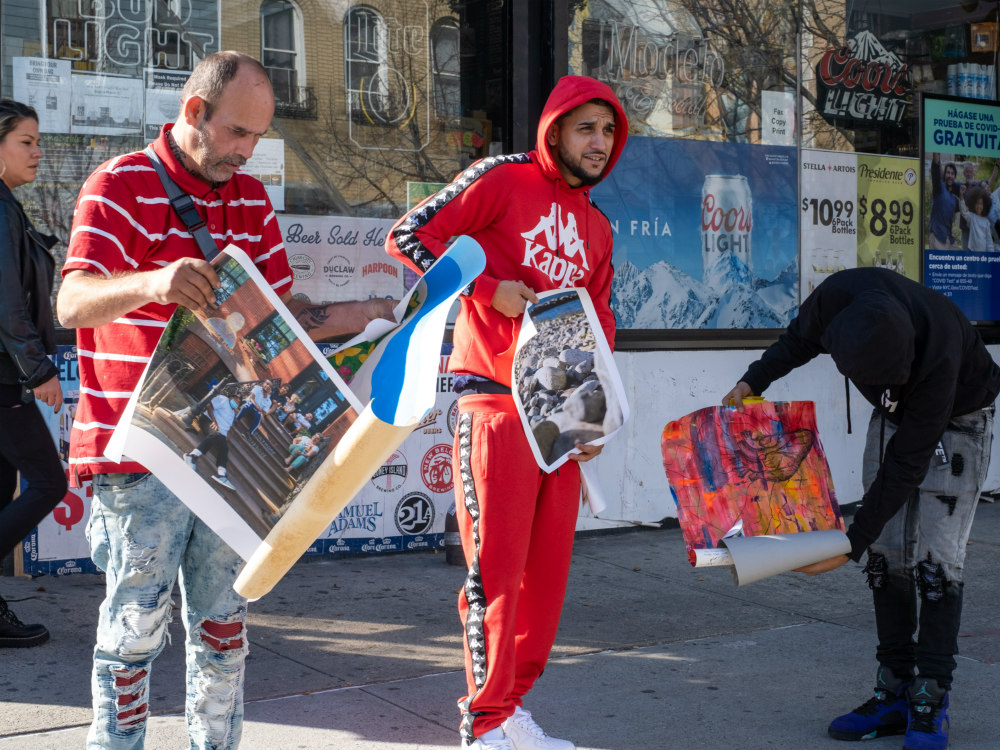
‘While curating the project we asked ourselves important aspects such as: What is each individual community dealing with, and how can artists best serve as respectful allies within each neighborhood? How can such a project be actualized through low cost, fast installation, while highlighting spaces of importance as a political act of engagement? and How can artistic engagement create ripples of positive change, and how does occupying public space as sites for art interventions best serve communities?’, explained the founders of Papergirl Brooklyn.
I had the pleasure of experiencing Papergirl Brooklyn from multiple perspectives; as a participating artist, viewer, contributor, listener, and educator. We have had a considerable amount to contend with this year, and have had to quickly adapt to new modes of engagement, production, communication, mutual aid, and self care.
Within the mindset of being both a cultural producer and consumer, as well as an educator, I began to rethink how to apply the ever-changing landscape, climate, and classroom to highlight the ways that art is changing the world before our very eyes. Boarded up windows are becoming canvases, building facades replace the galleries, art as a commodity is becoming less of a discussion, and the power is being reclaimed from the institutions and ruling classes into a more egalitarian framework. This ideology is one of the many brilliant qualities of Papergirl Brooklyn.
The project hopes to break through visible and invisible divisions between gallery and public spaces, between individuals and artists, between creators and receivers of art, said founders.
Many communities in Brooklyn are underfunded and undervalued. Instead of focusing on the art-trendy neighborhoods, Papergirl Brooklyn distributed the art and its attention to a wide variety of Brooklyn neighborhoods.
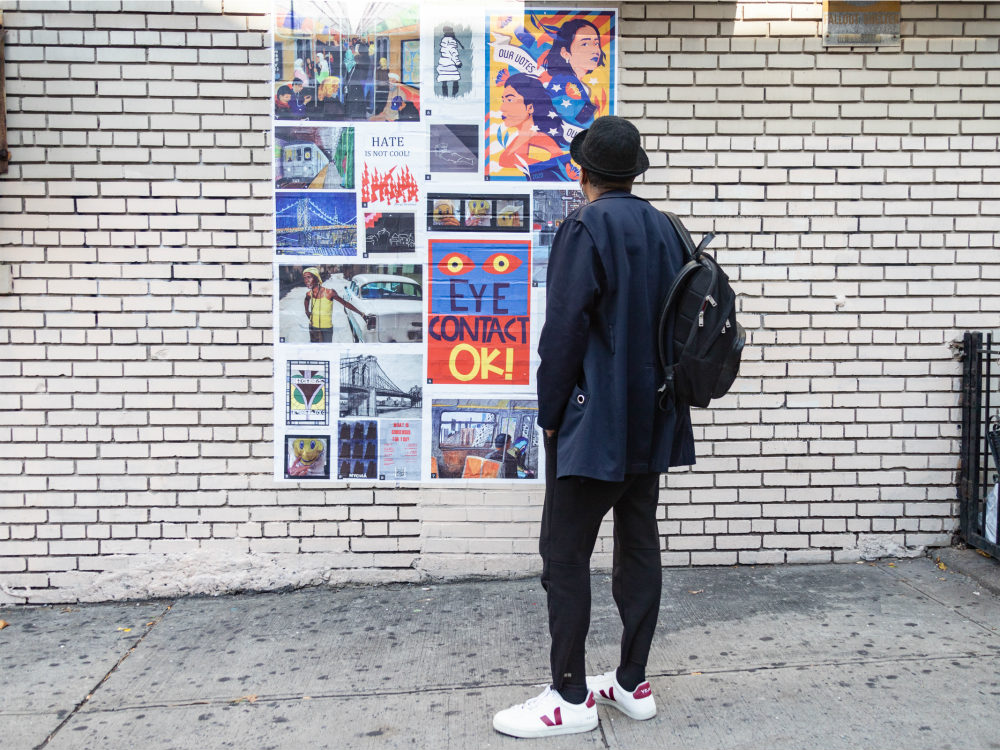
I admire how thoughtfully placed the sites of art are in this project. Each neighborhood was explored, with the priority not only being that the facades be conducive to wheatpasting and placed in prominent, high traffic and easily accessible locations; but also that small businesses, alternative spaces, and sites foster community engagement and support. So many of these places have been hurt by the pandemic, and this is a great example of the significant output of support that can occur from such consideration.
Local restaurants and cafes such as Cinco de Mayo in Flatbush; Yaffa Deli & Grill in Sunset Park; Hoek Pizza & Bar in Red Hook; BKLYN Eats in Brownsville/East New York; Little Tiffin in Greenpoint; as well as important locations that are integral to communities such as Coney Island’s MCU Wall of Remembrance; the Brooklyn Public Library in Bed Stuy; and lastly the incredible community activist hub, Mayday Space in Bushwick.
From the carefully curated walls, filled with donated art by artists from across the globe, to the thoughtfully selected locations of independently owned small business walls, to the eco-conscious wheatpasting practice used to install the art, to the user-friendly website, complete with a rich audio component, called Papergirl Radio, in which each location is discussed through dialogue, interviews, and stories about each neighborhood. Community organizers, activists, longtime residents, and artists are selected to share what they find special about each place.
Moreover, curated music from local musicians, also greatly impacted by the pandemic, share beautiful songs that fit magically into each episode. The viewer experience is free and self-guided. It is well worth listening to! QR codes are found at each location, so that passers by can learn more about the project, the neighborhood, and the art in that moment, or in the convenience of their homes at a later time. Auditory descriptions also accompany the work, and these outings become something to look forward to and bring people to frequent public space and local businesses safely and leisurely.
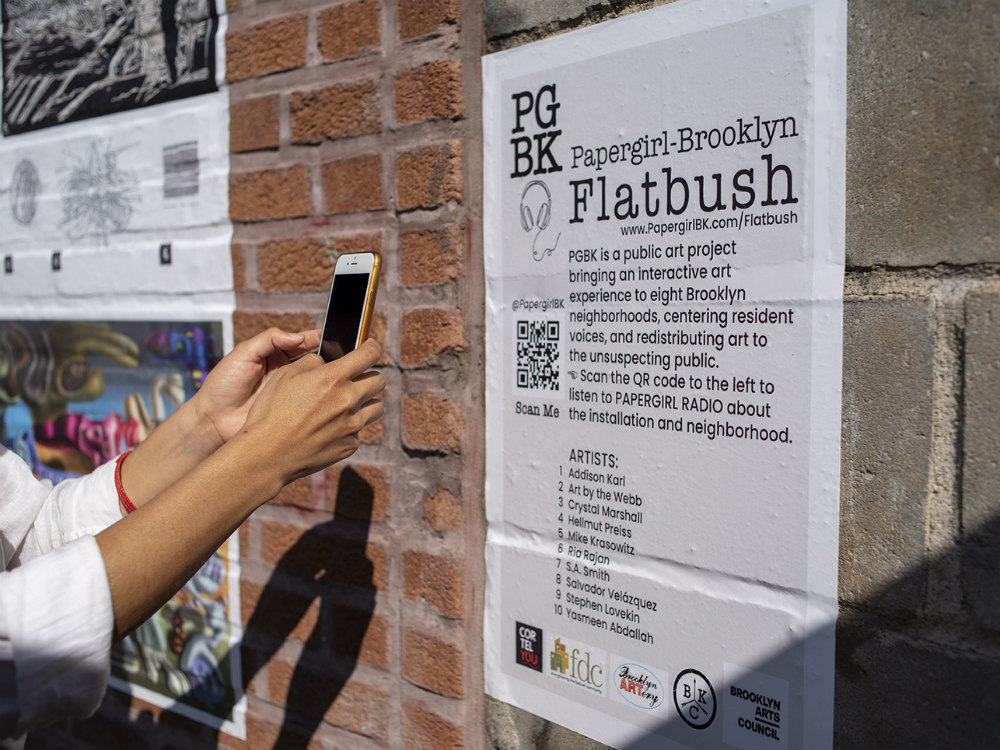
To walk through each neighborhood and make those connections – visually, physically, tangibly, and through auditory means was amazing. Hearing what inspired those works, why people felt impacted by and connected to their communities, hearing stories of resilience in times of hardship, all were reminders that hard times are overcome, and sources of comfort as we navigate through one. In times of mass closures and social distancing, it can also feel isolating and hard to maintain one’s activist practice when space becomes harder to navigate and come by. Papergirl Brooklyn’s approach to activating street corners, walls, and sidewalks through public art has been an inspiration and depiction of civic activism for social change in a deeply meaningful way.
Being able to digest all of the wonderful components that go into the intricate fibers of the project instilled in me just how special this particular endeavor is. I was delighted because I have been continually impressed by not just the project, but by the organizers who brought it to life. Their eternal professionalism, consideration, adaptability, foresight, and kindness all contribute considerably to the excellence of this project.
As a participating artist living and working in Brooklyn, Annie and Sina presented the incredible opportunity to experience the project in multiple ways: I was thrilled to record an audio statement to accompany my two artworks featured in the inaugural location in Flatbush; I got to experience and partake in the wheatpasting at the Bed Stuy public library; and the pleasure of participating in a conversation on sustainable art practices as forms of education and community empowerment on Papergirl Radio.

Over eighty artists from ten countries participated and donated works for the project, which were replicated via digital printing.The work was collected digitally, via mail, or through safe in-person drop-off. The only guidelines artists were asked to adhere to were that the submissions be high quality, non-commercial, non-harmful, and rollable.
At the end of the exhibition the original artworks were distributed randomly in a surprise bike ride event last Saturday. The event is a tradition that remains consistent within each iteration of the project. The day is intentionally unannounced, to provide a surprise element to those that are gifted artworks on the street.
The bike ride is yet another pivotal moment in the project, where art is handed out to people on the street, adding yet another rich layer through its surprise delivery. This year’s bike ride took place on Saturday, November 21, 2020. The journey began at May Day Space in Bushwick, where riders rode past the Bed Stuy Public Library, Weeksville, and Universe City in Brownsville, on the distribution route. Papergirl Brooklyn thoughtfully curated everything, right down to the bike route, so that people who wished to participate but didn’t have bikes could pick up a Citi Bike along the route and participate in the distribution. In one of my discussions with Sina and Annie, they described the distribution as “uplifting by gifting”, an endearing term which so succinctly frames the heart of the project.
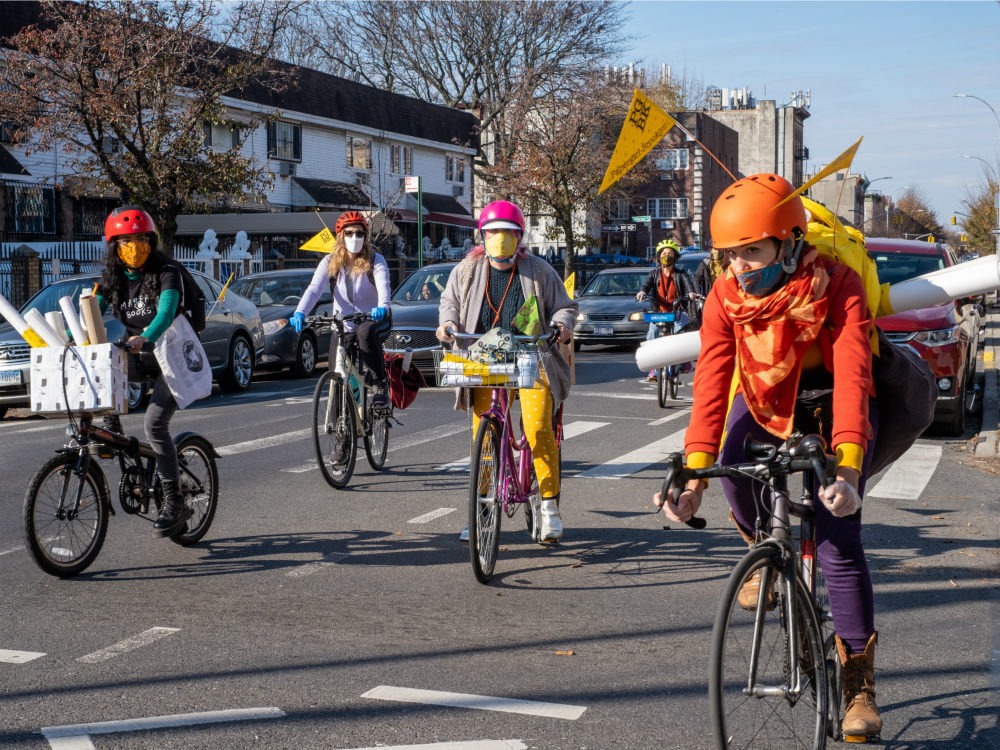
While the bike ride may seem like a culminating event, fear not, as there is still more to come for the project!
As we begin to hunker down again for another winter, we may find comfort and joy in what is still to come, and to find continued ways to promote sustainable dialogue and connectedness, imagining how this project will continue to evolve, and to witness the many births of new initiatives that will emerge in an inspired chain reaction by the magic that this project has sparked.
The writer, Yasmeen Abdallah, is an interdisciplinary artist, independent curator, educator, and activist.
Her work is featured in public, private, and traveling collections in the U.S. and abroad. Yasmeen Abdallah’s approach compounds the political and personal, exploring socially-engaged issues and unpacking the complexities entangled within humanity. She works with several nonprofits and educational institutions in the arts, education and curatorial sectors. Abdallah graduated magna cum laude with honors from University of Massachusetts in 2013, and received an MFA with distinction from Pratt Institute in 2015. Abdallah has been a visiting artist, guest critic, lecturer, and panelist at Sarah Lawrence College, Columbia University Teaching College, Parsons School for Design, Pratt Institute, Fairleigh Dickinson University, University of Massachusetts, Free City Radio, El Barrio Artspace PS109, Art Uncovered, Talking Pictures, Bust Magazine, and Transborder Art.
